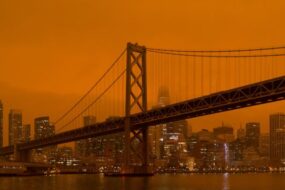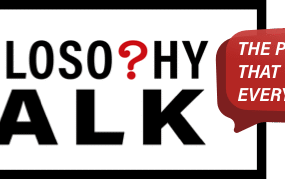
The Weight of Collective Responsibility: Who’s to Blame for Big Problems?
When faced with monumental challenges like racism, factory farming, or climate change, it’s natural to ask: who’s to blame? Should we point fingers at governments and corporations for their policies and practices, or does that let individuals off the hook? This week, we’re diving into the complexities of collective responsibility—a concept that reminds us that blame isn’t just about assigning fault but about sharing the burden of change.
Why We Can’t Shift All the Blame
It’s easy to target governments and corporations as the primary culprits behind systemic issues. After all, they wield immense power and influence. Governments set policies, corporations drive industries, and their decisions ripple out to affect millions. For instance, lax regulations on carbon emissions or factory farming practices can have devastating environmental and ethical consequences. But here’s the truth: holding only these entities accountable lets individuals off the hook. While systemic change is critical, it’s equally important to recognize the role we all play in perpetuating—or dismantling—these systems.
Racism, for example, isn’t just a problem of discriminatory policies; it’s embedded in cultural attitudes and daily behaviors. Climate change isn’t just about corporate emissions; it’s also about our consumption habits and personal choices. By focusing solely on governments and corporations, we risk absolving ourselves of the responsibility to act.
The Power of Shared Responsibility
Collective responsibility isn’t about evenly distributing blame; it’s about acknowledging that no single entity or individual can solve these problems alone. Real change requires a combination of systemic reform and individual action. Governments and corporations must be held accountable through advocacy, policies, and regulations. But individuals also have a role to play—whether through voting, supporting sustainable practices, or challenging injustices in their communities.
Imagine a world where governments pass stringent environmental protections, corporations adopt ethical and sustainable practices, and individuals make conscious choices to reduce their impact. That’s not just a utopian fantasy; it’s a reality we can build together.
The Path Forward: Hope and Action
The sheer scale of these challenges can feel overwhelming, but collective responsibility offers both a burden and a hope. While it’s daunting to acknowledge our shared role in these issues, it’s also empowering. It reminds us that no one is powerless. Whether you’re a policymaker, a business leader, or an everyday citizen, your actions matter.
The next time you’re tempted to assign blame, ask yourself: What can I do today to be part of the solution? The answer might be small—a conversation, a vote, a purchase, or a choice—but collectively, these actions can add up to something monumental.
In the end, collective responsibility isn’t about escaping accountability; it’s about embracing it. Together, we can create a world where no one is left to shoulder the burden alone. And that’s a future worth fighting for.







No Comments